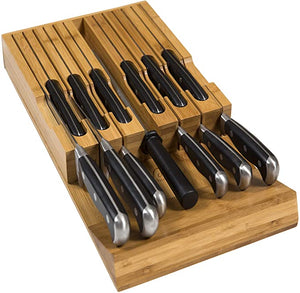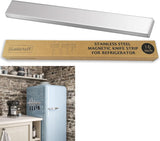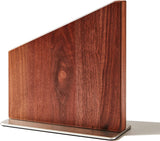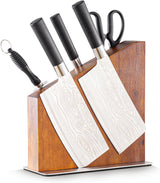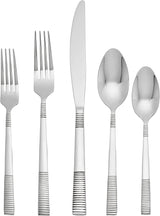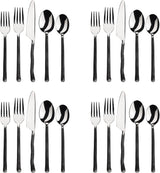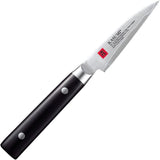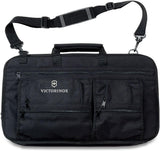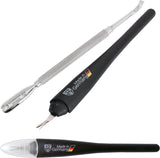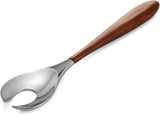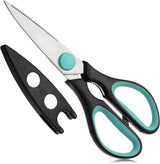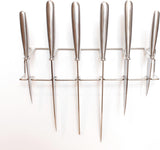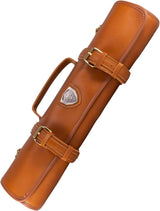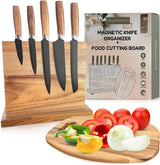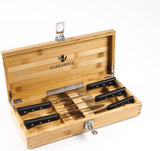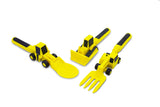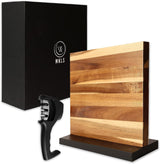Introduction to Kitchen Knife Maintenance
In the culinary world, the importance of a well-maintained kitchen knife cannot be overstated. Whether you're a professional chef or a home cook, understanding how to oil a knife blade is crucial for ensuring longevity and optimal performance. Oiling your knife blade is a simple yet effective routine that not only enhances cutting precision but also prevents potential rusting and corrosion. For kitchen professionals, maintaining the sharpness and quality of your knives is an indispensable skill. In this article, we will explore the methodical approach to oiling a knife blade, ensuring your prized tool remains in peak condition.
Your knives are valuable tools in the kitchen, and knowing the right technique to oil the blade significantly contributes to their longevity. Whether using a Henckels, as discussed in Is Henckels a good knife brand, or other prestigious brands, proper maintenance is key.
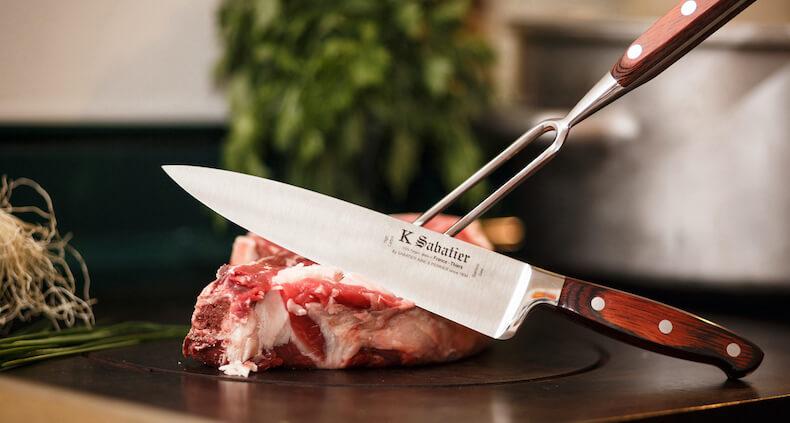
Choosing the Right Oil for Your Knife
Investing in the right oil is the first step to effective knife maintenance. Consider using food-grade mineral oil, which is a popular choice amongst kitchen professionals, as it is safe for both the blade and food preparation surfaces. Similarly, you might want to explore camellia oil due to its protective properties. Avoid using cooking oils, as these can become sticky over time and damage the blade.
The Benefits of Food-Grade Oils
When applying oil, it is vital to use a lubricant that does not taint food. Food-grade mineral oil is colorless, odorless, and doesn't turn rancid, making it an ideal candidate for maintaining your knife blade. Regular application prevents oxidation, thus keeping rust at bay and ensuring smooth, unhindered slicing. To gain further insights into knife cleaning, check out this guide on cleaning kitchen knives.
Step-by-Step Guide: How to Oil a Knife Blade
Oiling your knife blade properly involves several meticulous steps that offer prospective benefits in terms of blade longevity and functionality:
Step 1: Clean Your Knife
Before you begin the oiling process, always ensure the knife is properly cleaned. Use warm, soapy water and a soft sponge to remove any food residue or fingerprints. After cleaning, dry the knife with a soft towel to prevent moisture from settling on the blade, which could potentially lead to rusting. For more specific techniques on maintaining stainless steel blades, visit this guide on how to clean a stainless steel knife blade.
Step 2: Apply the Oil
Pour a few drops of mineral oil onto a clean cloth or paper towel. Gently rub the oil onto both sides of the knife blade with light, even strokes, ensuring full coverage. Pay extra attention to the edges, where rust is most likely to begin.
Step 3: Wipe Off Excess Oil
After applying oil, use another clean cloth to wipe off any excess. The goal is to have a thin, even layer that protects the blade without feeling greasy.
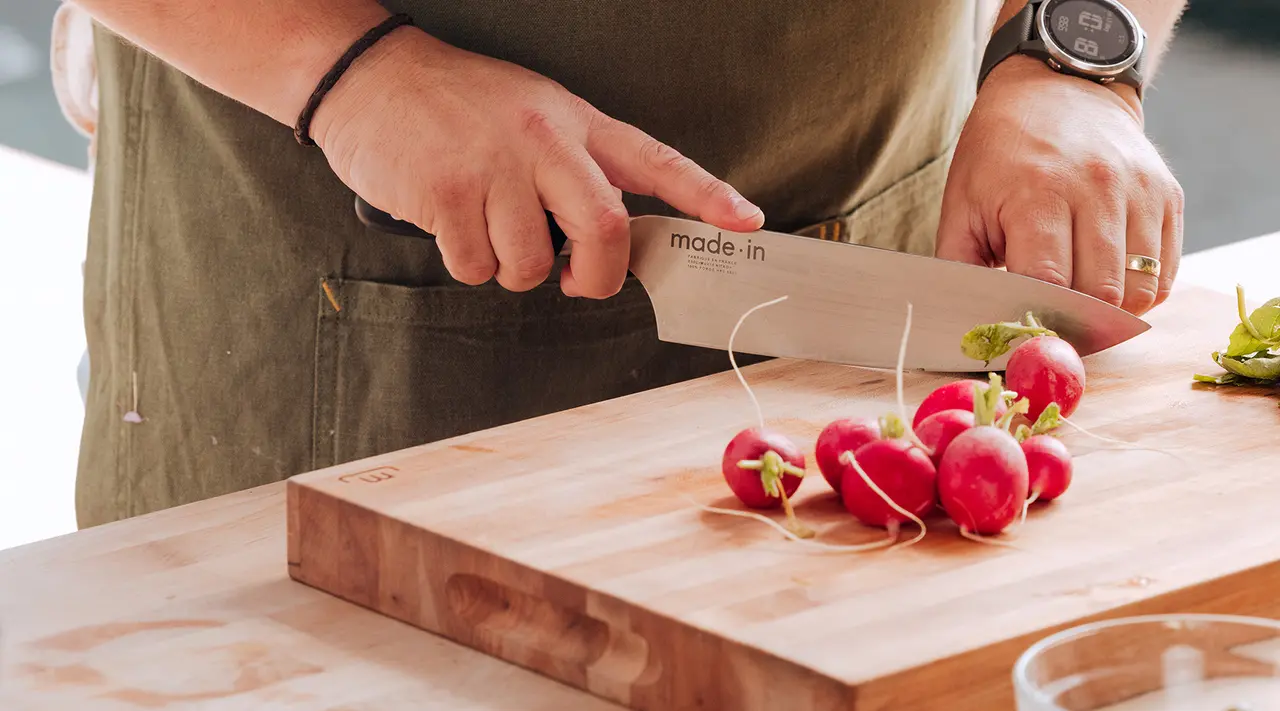
Why Oiling Is Essential for Knife Care
Regularly oiling your knife blade offers numerous advantageous outcomes. It nurtures the blade's integrity and delivers a high-performance quality over time. Properly maintaining your knives, in addition to regular sharpening routines, can significantly enhance their effectiveness, as elaborated in this knife sharpening guide.
Preventing Rust and Corrosion
The number one reason to keep your knife oiled is to prevent rust. Even stainless steel knives can corrode if not correctly maintained, so a light coating of oil acts as a barrier against the air and moisture that can lead to rust.
Improving Knife Longevity
Consistent maintenance through oiling not only extends the knife's life but also keeps it functioning at optimal performance levels. By keeping the rust away, you're also decreasing the frequency with which you'd have to sharpen your knife.
For information on changing blades, especially in kitchen utility knives, you can read about how to change the blade on a Husky utility knife, which may be relevant for professionals who use such tools in their kitchen work.
Frequently Asked Questions
1. How often should I oil my knife blade?
The frequency of oiling depends on how often you use the knife. For frequent use, consider oiling the blade once a week.
2. Can I use any oil to maintain my knife?
It's best to use food-grade oils, such as mineral or camellia oil. Avoid cooking oils as they can turn rancid over time.
3. What is the best way to store oiled knives?
After oiling, store your knives in a clean, dry place, preferably in a knife block or on a magnetic strip to ensure they are safe and easy to access.
For more insights into maintaining different types of kitchen knives, see this article on various kitchen knives and their uses.
This article contains affiliate links. We may earn a commission at no extra cost to you.
